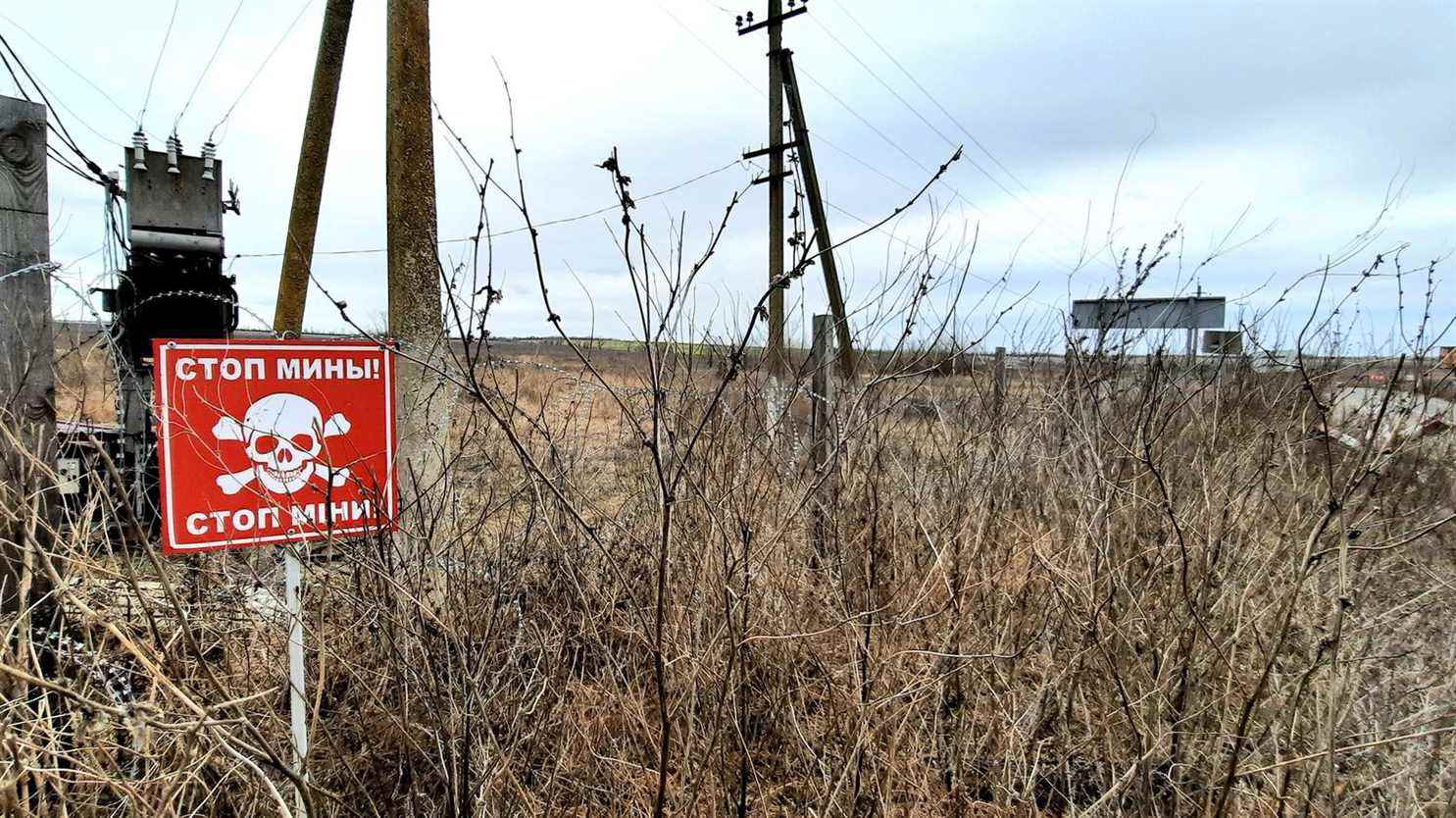When we talk about Donbass, we are talking about a Ukrainian region, in the east of the country, on the border with Russia. A mining, metallurgical, industrial basin. Inside this region there are two areas where pro-Russian Ukrainians live. Residents and fighters who want a rapprochement with Moscow, rather than the European Union. These Russian speakers were notably sent by Russia to work during the Soviet era. These two areas are those that are at the heart of the current conflict: Donetsk and Lugansk, self-proclaimed “People’s Republic” and therefore recognized by Moscow on the evening of Monday 21 February. Donetsk is the main city of the mining basin and an important center of metallurgy in the Donbass. It has two million inhabitants. Lugansk is an industrial city of 1.5 million inhabitants rich in coal.
These territories seceded in 2014, just after the annexation of Crimea by the Russians. Separatists in Donetsk and Luhansk, backed by Moscow, seized government buildings. Since then, they have been fighting against the Ukrainian regular army. The conflict in Donbass left 14,000 dead and 1.5 million displaced. The Ukrainian government has so far refused to talk with the separatists. In 2015, the Minsk agreements, negotiated between Russia and Ukraine under Franco-German mediation, made it possible to reduce the intensity of the fighting. In reality, the ceasefire is flawed and the political settlement of the conflict has never been found. These agreements notably prohibit the use of heavy weapons along the “contact line”, this is the area that lies between the pro-Russians and the Ukrainians because it cannot be officially called a border. We have been witnessing for years a static war between these two poles.
By recognizing the republics of Donestk and Lugansk, Vladimir Putin unilaterally destroyed the Minsk agreements. For Linda Thomas-Greenfield, the American ambassador to the UN, the Russian president has “Ripped to shreds the Minsk agreement”. Prime Minister Boris Johnson talks about “repudiation”. Emmanuel Macron, Olaf Scholtz and Joe Biden are them “agree that this unilateral action by Russia constitutes a clear violation of the Minsk agreements.”
For Vladimir Putin, what is the strategic interest of recognizing the independence of these two territories? The Russian president already had one foot in Ukraine, and he is putting the second. Since 2014, there are officially no Russian soldiers in the Donbass but NATO and the Ukrainians know that Moscow is present with the separatists. And that’s what kept them fighting for eight years. The Russians provide the rebels with intelligence, financial aid, and Russian passports. 600,000 passports have been issued, which makes Ukrainians living in Donetsk and Lugansk Russian citizens, and de facto creates the contours of a separatist state.
Finally, Vladimir Putin’s interest is that these two new republics are a major gateway that will allow him to have an influence on Ukrainian domestic policy. If the Russian armored vehicles entered the Donbass on Monday, February 21, we do not know at the moment,
how far the Russian president wants to go. Ukraine is, for Moscow, a buffer zone that protects Russia from the West.
